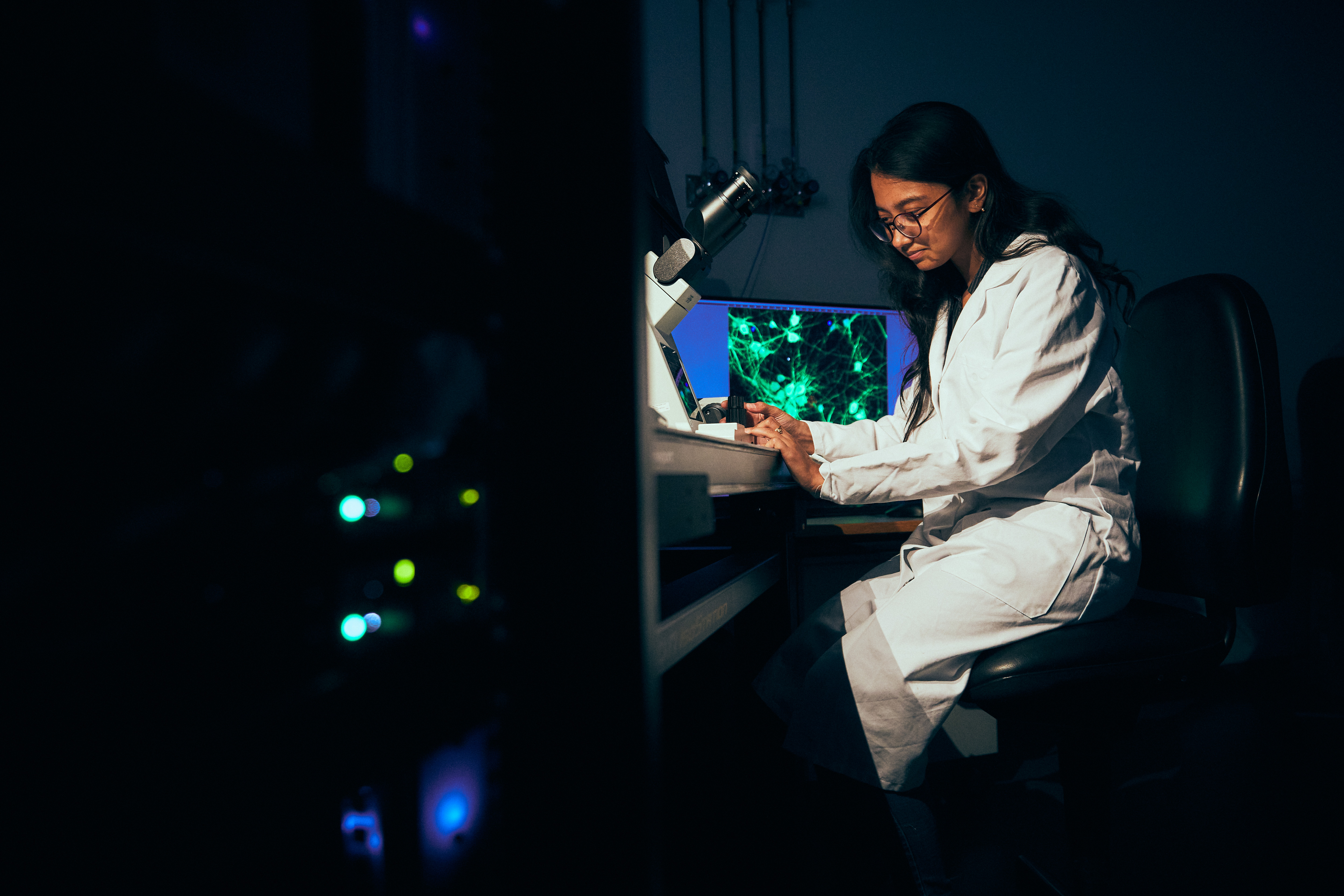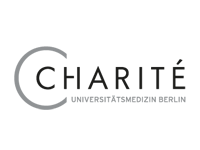Your selection
Research / 01.03.2024
A new channel for touch

Touch is a fundamental, yet scarcely understood, sense. Now, the team led by Gary Lewin at the Max Delbrück Center has discovered a second ion channel associated with touch perception. Elkin1 could be a target for pain therapy, the team writes in “Science”.
Every hug, every handshake, every dexterous act engages and requires touch perception. Therefore, it is essential to understand the molecular basis of touch. “Until now, we had known that the ion channel – Piezo2 – is required for touch perception, but it was clear that this protein alone cannot explain the entirety of touch sensation,” says Professor Gary Lewin, head of the Molecular Physiology of Somatic Sensation Lab at the Max Delbrück Center.
For over 20 years Lewin has been studying the molecular basis of the sensation of touch. He and his team have now discovered a new ion channel, named Elkin1, that plays a vital role in touch perception. This is only the second ion channel implicated in the touch perception. It is likely that the protein is directly involved in converting a mechanical stimulus, such as light touch, into an electrical signal. When Elkin1 is present, the receptors in the skin can transmit the touch signals via nerve fibers, to the central nervous system and brain. The researchers have published their findings in the journal “Science.”
Lewin’s team came across Elkin1 a few years ago while investigating a malignant melanoma cell line. The researchers had found that the protein is required for sensing mechanical forces by these highly motile cancer cells. “Now we wanted to determine whether the same protein also plays a role in touch sensation” says Lewin.
Lack of Elkin1 reduces touch sensitivity
The researchers bred genetically modified mice that lacked the Elkin1 gene. They then conducted simple behavioral experiments that involved lightly brushing a cotton swab against the rodents’ hind paws. “Usually, normal mice react to the cotton swab 90% of the time,” says Lewin. “In contrast, mice lacking Elkin1 only reacted half of the time, indicating touch insensitivity”. Importantly, the rodents’ reaction to non-mechanical stimuli like temperature was not affected.
At the neuronal level, Dr. Sampurna Chakrabarti, a scientist in Lewin’s team, used the patch clamp method to record the electrical activity of sensory neurons in response to poking of the neuronal membrane. “Around half of the neurons in genetically modified mice lacking Elkin1 didn’t respond to mechanical stimuli, and no signal transmission occurred,” says Chakrabarti. Further experiments confirmed that there were no signals relayed from the neuron’s receptor ending in the skin, on the first leg of the signals journey from skin to the spinal cord and brain. Furthermore, their Australian collaborators in the lab of Professor Mirella Dottori in the University of Wollongong tested whether Elkin1 in necessary for touch transduction in human sensory neurons grown in a petri dish from stem cells. Their findings also strongly suggest that Elkin1 could play a major role in human touch perception.
The researchers assume that during normal signal transmission, Elkin1 and Piezo2 share roles in touch perception. They have also found evidence that Elkin1 may play a part in the transmission of painful mechanical stimuli. “If this is confirmed to be the case, we will have not only identified a second ion channel with an indispensable role in normal touch perception, but also a new potential target for treating chronic pain,” says Lewin.
Text: Stefanie Reinberger
Source: Press Release Max Delbrück Center
A new channel for touch
Overview News
News Buch Berlin
Eckert & Ziegler and GlyTherix Sign Agreement for Lutetium-177 Supply
Eckert & Ziegler (ISIN DE0005659700, SDAX) and GlyTherix Ltd (GlyTherix), an Australian targeted radiotherapy company specialising in developing antibody radiopharmaceuticals for solid tumors, today a...
more ...Eckert & Ziegler: Spin-off of Pentixapharm AG Registered with the Commercial Register
Eckert & Ziegler SE (ISIN DE0005659700, TecDAX) announces that the spin-off resolution approved at the Annual General Meeting on 26 June 2024 was entered in the commercial register of the Charlottenbu...
more ...OMEICOS Completes Enrollment of PMD-OPTION Study in Primary Mitochondrial Disease
Interim data confirms OMT-28's strong safety profile in PMD patients, top-line data expected mid-2025
more ...Events Buch Berlin
18.10.2024, 16:30
Herbstliche Wanderung: Auf der Spur der Kraniche
Abendstimmung in der Lietzengrabenniederung
more ...19.10.2024, 15:00
Akademie der Gesundheit: Info-Nachmittag
Individuelle Beratung zum Thema Ausbildung, Weiterbildung sowie Studium
more ...22.10.2024, 15:00
VHS Pankow: Zugvögel und Herbstgesang rund um den Bucher Forst
Eine Vogeltour zwischen Bucher Forst und dem Naturschutzgebiet Mittelbruch: wir streifen dahin, wo die Gänse und Kraniche über den herbstlichen Wald ziehen und sie sich ihre Schlafplätze suchen.
more ...







